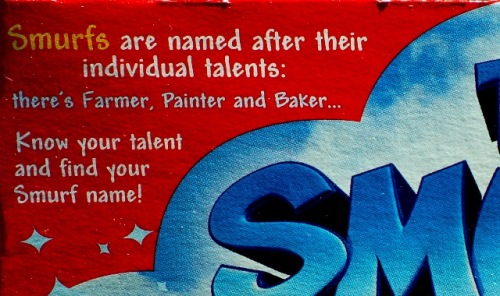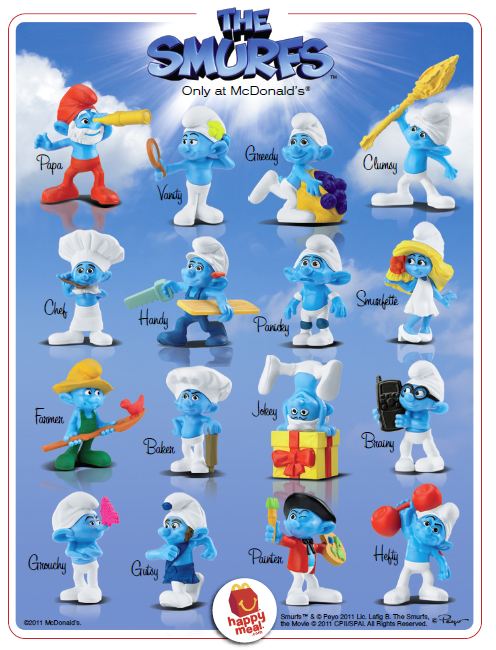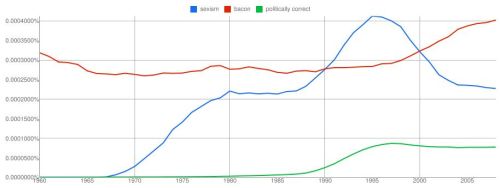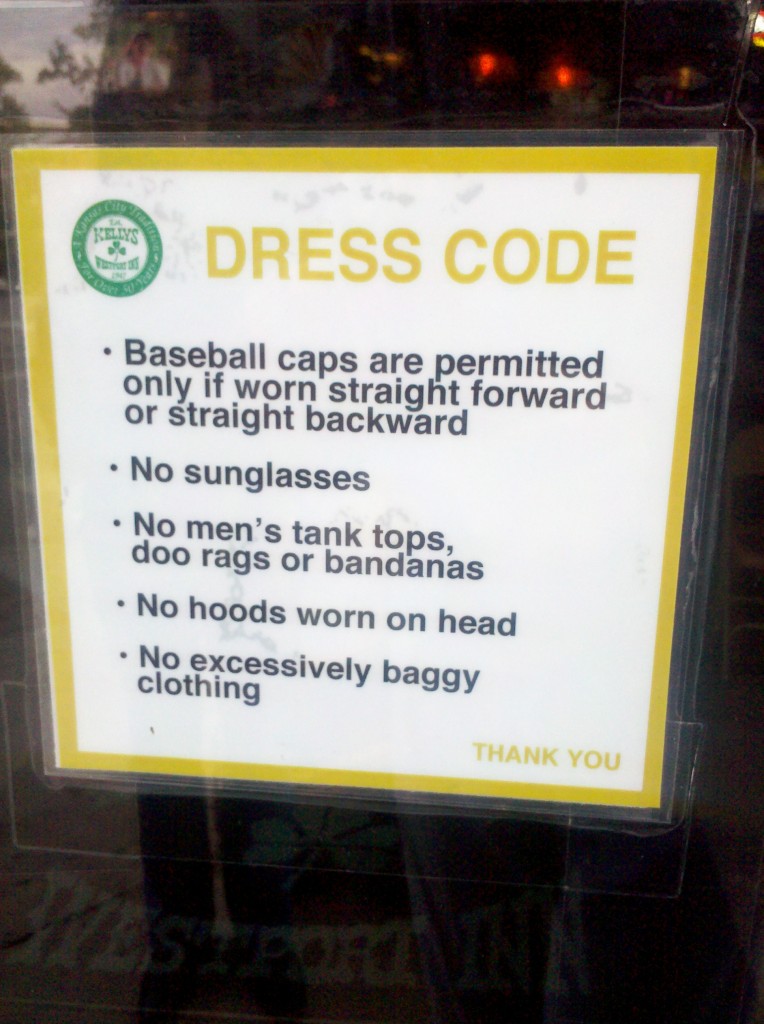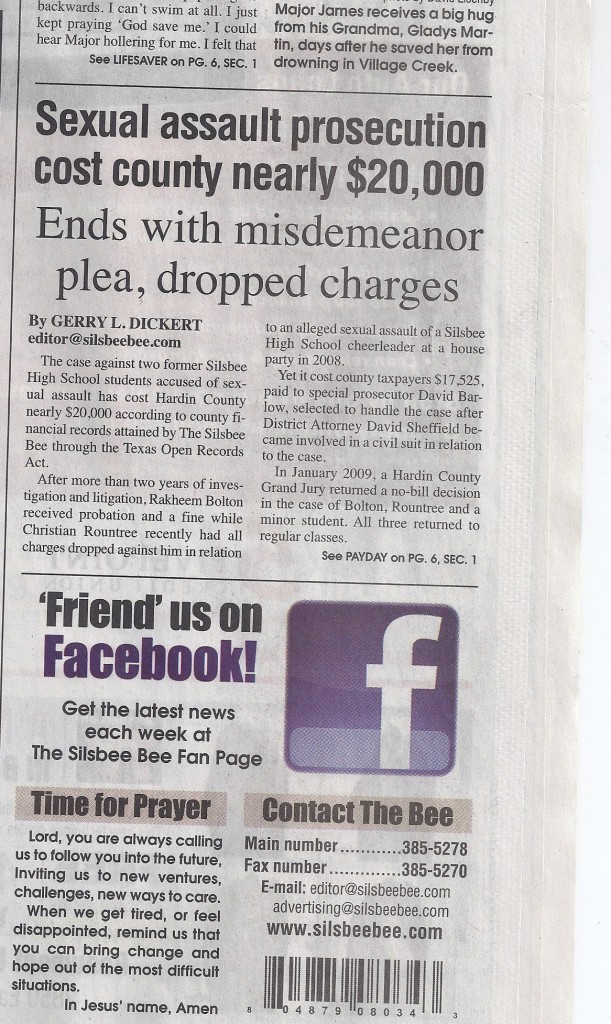Cross-posted at Montclair Socioblog.
Peter Berger* takes issue with the phrase “on the wrong side of history.” Mostly, he takes issue with those who use that phrase. Specifically, he refers to proponents of gay marriage who claim that the Defense of Marriage Act is “on the wrong side of history” (or in Berger’s acronym, OTWSOH) The trouble with this statement, Berger says, is that “we cannot know who or what is on the right side.”
Berger is correct (though he doesn’t offer much explanation) because the history that people are referring to hasn’t happened yet. The history of OTWSOH is the future, and we can’t know the future. However — and here’s where Berger is wrong — we can make a pretty good guess about some things that will happen, at least in the short-run future. We can look at the trend — Americans becoming more accepting of gay marriage — and predict that the trend will continue, especially when we see that the young are more accepting than the old.

But beyond the short-run, who knows? It’s possible that the values, ideas, and even facts that are right today will, decades or centuries from now, be wrong. So it may turn out that at some time in the future, people will think that gay marriage is a plague on civilization, that human slavery is a pretty good idea, that Shakespeare was a hack, and that Kevin Federline was a great musician.
The trouble with asking history, “Which side are you on?” is that history doesn’t end. It’s like the possibly true story of Henry Kissinger asking Chou En Lai about the implications of the French Revolution. Said the Chinese premier, “It’s too early to tell.”
At what point can we say, “This is it. Now we know which side history is on”? We can’t, because when we wake up tomorrow, history will still be rolling on. Duncan Watts, in Everything Is Obvious… Once You Know the Answer, makes a similar point using the historical film “Butch Cassidy and the Sundance Kid.” The two robbers flee the US and go to Bolivia. Good idea? Since we know how the movie ends — that sepia freeze frame — we can safely say, “No, bad idea.”

But if we had stopped the movie twenty minutes earlier, it would have seemed like a good idea. The vindictive lawman and his posse were about to find and kill them. A few minutes later in the film, Bolivia seemed again like a bad idea – it was a miserable place. Then, when their robberies in Bolivia were easy and lucrative, it seemed again like a good idea. And then, they got killed. Butch was 42, Sundance 31.
But history is not a movie. It doesn’t end. So at least for the long run, the OTWSOH argument claims certainty about what is at best speculation. It says, “We know what will happen, and we know that we are on the right side of history, and those who are not with us are on the wrong side of history.” Some religious folks make similar claims not about history but about God. “We are on God’s side,” they say, “and those who disagree with us are against God.” They tend to populate the political right. The OTWSOH argument, Berger says, “comes more naturally to those on the left,” mostly because that is the side that is pushing for historical change. The two sides are indulging in a similar fallacy — knowing the unknowable — a fallacy which, to those who don’t share their views, makes them appear similarly arrogant.
————————
* Yes, this is the same Peter Berger whose Social Construction of Reality (co-written with Thomas Luckman), published forty-five years ago, has an important place in sociology’s relatively short history.
HT: Gabriel Rossman


